

Articles
How To Store Drum Set
Modified: October 20, 2024
Learn the best methods for storing your drum set with these informative articles. Keep your drums safe and well-maintained for long-lasting performance.
(Many of the links in this article redirect to a specific reviewed product. Your purchase of these products through affiliate links helps to generate commission for Storables.com, at no extra cost. Learn more)
Introduction
Drums are not only musical instruments but also a significant investment for drummers. Whether you play professionally or for personal enjoyment, proper drum set storage is essential to maintain its quality and longevity. Storing your drum set correctly will help prevent damage, ensure your drums are ready to play whenever you need them, and save you from unnecessary repair costs.
In this article, we will guide you through the process of storing your drum set effectively. We will cover everything from choosing the right storage space to disassembling and cleaning the drums, protecting the different components, and reassembling the set when you’re ready to play again. By following these tips, you can guarantee that your drum set remains in optimal condition during storage.
Key Takeaways:
- Properly storing your drum set is crucial for maintaining its quality, protecting its components, and ensuring its longevity. By choosing the right storage space, disassembling the set, and protecting each component, you can prevent damage and save on repair costs.
- When reassembling your drum set, take the necessary steps to ensure proper attachment of hardware, correct tension of drumheads, and proper positioning of cymbals. By following these storage and reassembly guidelines, your drum set will stay in excellent condition and be ready for your next jam session or performance.
Read more: How To Store Water In 55 Gallon Drums
Choosing the Right Storage Space
When it comes to storing your drum set, selecting the proper storage space is essential. Ideally, you want a space that is dry, climate-controlled, and free from extreme temperature fluctuations. Moisture and temperature changes can cause damage to the drum shells, hardware, and other components.
If you have a spare room in your home, such as a basement or a climate-controlled garage, that would be an ideal place to store your drum set. However, if you don’t have the luxury of a designated storage area, consider investing in a drum storage case or bag to protect your drums while they are being stored.
It’s essential to keep your drum set off the ground to prevent any potential water damage. Use sturdy drum risers or pallets to lift the drums and hardware off the floor. This will also help protect them from any accidental kicks or bumps that may occur in the storage area.
Lastly, make sure the storage space is secure and protected from any potential break-ins or theft. If necessary, install additional security measures like locks or alarms to give you peace of mind.
By choosing the right storage space, you can ensure that your drum set remains safe and protected while it’s not in use.
Disassembling the Drum Set
Before storing your drum set, it’s important to disassemble it properly. Disassembling your drum set not only makes it more compact and easier to store, but it also helps prevent any potential damage during transportation and storage.
Start by removing all cymbals from their stands. Use care when handling delicate cymbals to avoid any accidental cracks or dents. It’s a good idea to clean and polish your cymbals before storing them to keep them in excellent condition.
Next, remove the drumheads from all the drums. Start by loosening the tension rods in a crisscross pattern, gradually releasing the tension until the drumhead is loose enough to remove. If you have any resonant heads, remove those as well.
Once the drumheads are removed, proceed to disassemble the hardware. Begin by loosening the wingnuts and removing the cymbal stands, hi-hat stand, snare drum stand, and any other hardware attached to the drum set. If possible, keep all the hardware organized and labeled for easier reassembly later.
After removing the hardware, carefully disassemble the bass drum pedal and any other drum pedal or accessory attached to the drum set. Pack them separately in a bag or case to keep them protected during storage.
Lastly, separate the drum shells from each other. If you have a rack system, disassemble it and pack it separately. For individual drums, remove the rims and lugs, keeping them organized and labeled. Clean the drum shells before storage to remove any dust or debris.
By disassembling your drum set properly, you can ensure that each component is stored safely and protect it from potential damage.
Cleaning and Maintenance
Proper cleaning and maintenance are essential to keep your drum set in good condition, even during storage. Before storing your drum set, take the time to clean each component thoroughly.
Start by wiping down the drum shells and hardware with a soft, lint-free cloth. Remove any dust, dirt, or smudges that may have accumulated. For stubborn stains or marks, use a mild soap and water solution to gently clean the surfaces. Avoid using harsh chemicals or abrasive cleaners as they can damage the finish of the drums.
Next, clean the drumheads. Use a drumhead cleaner or a damp cloth to remove any dirt or residue. Be sure to dry the drumheads completely before storing them to prevent any moisture damage.
Don’t forget to clean your cymbals as well. Use a cymbal cleaner specifically designed for cleaning and polishing cymbals. Follow the manufacturer’s instructions and guidelines for best results. Regular cleaning helps maintain the brightness and clarity of your cymbals’ sound.
Additionally, inspect your drum set for any signs of wear or damage. Check the drumheads for any cracks or tears and replace them if necessary. Inspect the hardware for any loose screws or parts and tighten or replace them to ensure everything is in good working order.
Lastly, apply a light coating of drum shell polish or wax to protect the finish of the drum shells during storage. This extra layer of protection will help preserve the appearance and longevity of your drum set.
By cleaning and maintaining your drum set regularly, you can prolong its lifespan and ensure that it continues to perform at its best, even after extended periods of storage.
Protecting the Drum Set
When storing your drum set, it’s important to prioritize protection to ensure that it remains in optimal condition. Here are some key ways to protect your drum set during storage:
1. Use drum covers: Invest in drum covers or soft cases to protect your drums from dust, moisture, and potential scratches. These covers provide an extra layer of protection and keep your drums clean while stored.
2. Use drum bags for hardware: Place your drum hardware, including stands, pedals, and other accessories, in padded drum bags. These bags provide cushioning and prevent metal parts from scratching or damaging one another.
3. Use padding: Place soft padding or blankets in between each drum shell inside the storage case or bag. This prevents the drums from bumping into each other and reduces the risk of scratches or dents.
4. Avoid extreme temperatures: Find a storage area that maintains a consistent temperature. Extreme heat or cold can cause damage to your drum set, such as warping drum shells or loosening the adhesive on drumheads. Avoid storing your drums in garages or attics that are prone to temperature fluctuations.
5. Protect against humidity: Humidity can cause damage to drum shells and hardware. Consider using moisture-absorbing packets or silica gel inside the storage containers to help absorb excess moisture and prevent mold or mildew from developing.
6. Elevate your drum set: Store your drums off the ground to prevent any potential water damage. Use drum risers or pallets to lift the drums and hardware and minimize the risk of moisture seeping in from the floor.
7. Store in a secure location: Choose a storage area that is secure and protected from potential theft or damage. If storing in a shared space, mark your drum set and equipment clearly with your name or initials for easy identification.
By taking these measures to protect your drum set, you can ensure that it stays in excellent condition while in storage, and be ready to play whenever you’re ready to rock again.
Read more: How To Store Gasoline In 55 Gallon Drum
Properly Storing Hardware
When it comes to storing your drum set, proper storage of the hardware is just as crucial as protecting the drum shells. Follow these steps to ensure that your hardware remains in good condition:
1. Clean and disassemble: Before storing your hardware, clean each piece thoroughly to remove any dirt or grime. Disassemble any parts that can be easily detached, such as wingnuts, clamps, and boom arms.
2. Sort and organize: Keep similar hardware pieces together and organize them by type. This will make it easier for you to find and reassemble them when needed. Consider using small storage containers or Ziplock bags to keep small parts organized and prevent them from getting lost.
3. Use protective covers or bags: Place your hardware in protective covers or soft bags to prevent scratching and reduce the risk of damage during storage. These covers will also help keep your hardware clean and free from dust or moisture.
4. Store vertically: When possible, store your hardware vertically to minimize the amount of space utilized. Using a rack or hardware bag with dividers can help keep each piece separate and prevent them from rubbing against each other.
5. Avoid stacking: While it may be tempting to stack your hardware to save space, avoid doing so as it can put unnecessary stress on the pieces and lead to potential damage. Stacking can cause bending or warping, compromising the integrity of the hardware.
6. Use padding: Place soft padding or towels between each piece of hardware to provide additional protection and prevent them from knocking against each other during storage.
7. Store in a dry area: Ensure that the storage area for your hardware is dry and free from moisture. Excessive moisture can cause rusting and corrosion, affecting the performance and lifespan of your hardware.
8. Regularly inspect and maintain: Check your hardware periodically while in storage to ensure that any screws, clamps, and other fasteners are tightened properly. This will help prevent any potential damage or loosening of parts over time.
By following these steps, you can properly store your drum set’s hardware and ensure that it remains in excellent condition, ready to be reassembled when you’re ready to play again.
When storing a drum set, disassemble it to save space and prevent damage. Store drums and hardware in padded cases or bags to protect them from dust and damage. Keep them in a dry, temperature-controlled environment to prevent warping or rust.
Storing Drum Shells
When it comes to storing your drum shells, it’s important to take the necessary precautions to protect them from potential damage. Here are some tips for properly storing your drum shells:
1. Clean the drum shells: Before storing your drum shells, clean them thoroughly to remove any dirt, dust, or debris. Use a soft cloth or drum shell cleaner to gently wipe down the surfaces. Make sure they are completely dry before storing them to prevent any moisture damage.
2. Inspect for any damage: Take the time to inspect your drum shells for any signs of damage, such as cracks, dents, or loose edges. If you notice any issues, address them before storing the drums to prevent further damage.
3. Loosen the tension rods: Loosen the tension rods on your drum shells. This helps relieve the tension on the drumheads and prevents any potential warping or damage. However, avoid loosening them too much as it may affect the shape of the drumheads.
4. Store in a dry and climate-controlled area: Find a storage space that is dry and free from extreme temperature fluctuations. Moisture and extreme temperatures can cause damage to the drum shells, including warping or cracking. Avoid storing the drums in areas prone to humidity, such as basements or garages, unless they are properly climate-controlled.
5. Use drum cases or bags: Place each drum shell in its own padded drum case or bag. These cases provide protection against scratches, bumps, and other physical damage. Make sure the cases are labeled with the corresponding drum sizes for easy identification and reassembly later.
6. Avoid stacking or leaning: When storing your drum shells, avoid stacking them on top of each other or leaning them against a wall. This can put unnecessary pressure on the drums and may cause them to become misshapen or damaged. Instead, store them horizontally, preferably on a padded shelf or in individual storage racks.
7. Protect the finish: If your drum shells have a lacquered or painted finish, consider covering them with soft cloth or drum wraps. This provides an extra layer of protection against any potential scratches or scuffs during storage.
8. Regularly inspect and maintain: Periodically check your stored drum shells to ensure that they are still in good condition. Look for any signs of damage or changes in shape that may have occurred during storage. Address any issues promptly to prevent further deterioration.
By following these steps, you can properly store your drum shells and ensure that they remain in excellent condition, ready to be reassembled and played when the time comes.
Storing Drumheads
Properly storing your drumheads is essential to maintain their lifespan and performance. Here are some tips to ensure your drumheads are stored correctly:
1. Clean the drumheads: Before storing your drumheads, make sure they are clean and free from dirt, debris, and excess moisture. Use a soft cloth or drumhead cleaner to wipe down the surfaces. This prevents any build-up that could affect the sound and integrity of the drumheads over time.
2. Remove tension: Loosen the tension rods gradually to release the tension on the drumheads. This avoids excessive pressure on the drumheads and helps maintain their shape. Remember to keep track of the tension rod positions, especially if you have specific tuning preferences.
3. Store flat or vertically: Lay the drumheads flat on a clean and dry surface, or store them vertically inside drumhead storage cases. Avoid stacking them to prevent unnecessary pressure that can cause damage or deformation. If using storage cases, label them with the drumhead size and type for easy identification later on.
4. Protect the drumheads: Place a clean piece of fabric or plastic over the drumheads to shield them from dust, moisture, and potential scratches. If storing multiple drumheads in a container, consider placing a soft foam or cloth separator between them to prevent any contact that could damage the drumhead surfaces.
5. Maintain proper humidity: Excessive humidity can lead to mold, mildew, or warping of the drumheads. Conversely, very low humidity can cause them to become brittle and prone to cracking. Store your drumheads in an environment with appropriate humidity levels, ideally between 40% and 60%. Use dehumidifiers or humidifiers if necessary to maintain stable humidity levels.
6. Avoid extreme temperatures: Extreme temperatures, such as excessive heat or cold, can affect the elasticity and overall performance of drumheads. Find a storage area that is climate-controlled to prevent any temperature-related damage. Avoid storing drumheads in attics, basements, or outdoor sheds that are susceptible to temperature fluctuations.
7. Regularly inspect and replace: Periodically check your drumheads even while in storage. Look for any signs of deterioration, such as cracks, tears, or flaking. If you notice any significant damage or changes in the drumheads’ performance, it may be time to replace them before using them again.
8. Store in a dark area: Keep drumheads away from direct sunlight or sources of UV light. Prolonged exposure to sunlight can cause the drumheads to fade, become brittle, or lose their tonal qualities.
9. Protect from pets and pests: Ensure that your stored drumheads are safe from curious pets or potential pests. Keep them in an area that is secure and inaccessible to animals or insects that may cause damage.
By following these guidelines, you can properly store your drumheads and maintain their quality and performance for future use.
Storing Cymbals
Properly storing your cymbals is crucial to preserve their sound quality and extend their lifespan. Here are some essential tips to help you store your cymbals correctly:
1. Clean the cymbals: Before storing your cymbals, ensure that they are clean and free from dirt, fingerprints, and stick marks. Use a cymbal cleaner and a soft cloth to gently remove any residue or discoloration. Clean cymbals not only look better but also retain their sound quality.
2. Protect the cymbal surfaces: Place a layer of protective padding between each cymbal to prevent them from rubbing against each other. This can be achieved by using cloth or foam separators specifically designed for cymbal storage. This prevents scratches or cracks that may occur due to contact during storage.
3. Use cymbal sleeves or covers: Invest in high-quality cymbal sleeves or protective covers that will shield your cymbals from dust, moisture, and potential damage. These covers help maintain the cymbal’s finish and prevent any accidental scratches during storage or transportation.
4. Store cymbals vertically: Hang or store your cymbals vertically, preferably with a cymbal stand or rack made for cymbal storage. This method minimizes stress on the cymbals and reduces the risk of warping or bending that can occur when storing them horizontally or stacking them.
5. Balance the cymbal stack: If you need to stack several cymbals together, make sure they are balanced properly with the largest cymbals at the bottom. This helps distribute the weight evenly and reduces the risk of any cymbals being damaged from excessive pressure.
6. Find a dry storage area: Store your cymbals in a dry and well-ventilated area. Avoid high humidity environments as they can cause corrosion or tarnishing. If necessary, consider using moisture-absorbing packets or silica gel in the storage space to help maintain optimal humidity levels.
7. Protect the cymbal edges: Be mindful of the cymbal edges, as they are the most vulnerable parts of the cymbals. Avoid stacking heavy objects on top of your cymbals or placing them in a crowded storage area where they could be bumped or knocked against other items.
8. Avoid sudden temperature changes: Keep your cymbals away from areas with rapid temperature fluctuations, such as garages or attics. Sudden changes in temperature can cause stress on the cymbals and affect their sound quality and structural integrity.
9. Avoid prolonged exposure to direct sunlight: Direct sunlight can fade the logos or ink on your cymbals and weaken the metal over time. Store your cymbals in a shaded area or use covers to protect them from UV rays.
By following these storage tips, you can ensure that your cymbals remain in optimal condition, and are ready to produce clear and vibrant sounds whenever you play.
Read more: How To Clean A Printer Drum
Storing Sticks and Accessories
Proper storage of drumsticks and accessories is essential to keep them organized, easily accessible, and in good condition. Here are some tips for storing your sticks and drumming accessories efficiently:
1. Use a stick bag or case: Invest in a quality stick bag or case to store your drumsticks. These bags are specifically designed to hold multiple pairs of sticks securely and protect them from damage. Look for one with compartments or pockets for extra storage convenience.
2. Organize by stick type and size: Sort your drumsticks by type and size, such as nylon-tipped, wood-tipped, brushes, or specialty sticks. This ensures that you can easily find the right pair for different playing styles and musical genres.
3. Keep accessories separate: Use small compartments within your stick bag or case to keep drumming accessories like brushes, mallets, drum keys, and other smaller items organized and easily accessible. This prevents them from getting mixed up or misplaced.
4. Protect sensitive accessories: For more delicate accessories like brushes or specialty sticks, consider using protective sleeves or containers. This helps prevent damage to the fragile parts and keeps them in pristine condition.
5. Label or mark your sticks: If you have specific pairs of sticks that you prefer or want to differentiate, consider labeling them with your initials or marking them in a unique way. This makes it easier to find your preferred sticks quickly, especially in live performance situations.
6. Store in a clean and dry area: Keep your stick bag or case in a clean and dry location to prevent the sticks from accumulating dust or moisture. Avoid damp areas that can cause the sticks to warp or become unusable.
7. Hang or stand sticks: If you have limited space or prefer a visually appealing display, consider using stick holders or wall-mounted racks to hang or stand your drumsticks. This not only keeps them organized but also adds a stylish touch to your drumming setup.
8. Regularly check for damage: Periodically inspect your sticks for any signs of wear, such as splintering or cracked tips. Replace any damaged sticks to ensure optimal performance and prevent any accidents during play.
9. Store in a secure location: If you’re storing sticks and accessories in a shared space, make sure they are secured and protected from any potential damage or theft. Consider using lockable storage containers or keeping them in a designated area where they won’t be easily disturbed.
By following these tips, you can keep your drumsticks and accessories well-organized, protected, and ready for when it’s time to unleash your rhythmic creativity behind the drum set.
Reassembling the Drum Set
After properly storing your drum set, it’s time to reassemble it when you’re ready to play again. Here are the steps to follow for a successful reassembly:
1. Organize the components: Start by gathering all the drum set components and hardware. Lay them out in an organized manner, making sure you have all the necessary pieces before beginning the reassembly process.
2. Reattach the hardware: Begin by reattaching the drum set hardware, including the cymbal stands, snare drum stand, hi-hat stand, and any other attachments. Remember to tighten the screws and wingnuts securely, ensuring proper stability and positioning.
3. Attach the drum shells: Position the drum shells in the desired order and orientation. Align the lugs with the corresponding holes on the drum shells and tighten them gradually and evenly using a crisscross pattern. Avoid over-tightening, as this can affect the sound and tension of the drumheads.
4. Install the drumheads: Place the drumheads on each drum shell, making sure they are correctly aligned with the drum hoops. Begin tightening the tension rods in a crisscross pattern, gradually increasing the tension until the drumheads are properly seated and produce a desired sound. Fine-tune the tension to achieve the desired pitch and tone.
5. Attach cymbals: Mount your cymbals onto the designated cymbal stands, making sure they are secured tightly. Adjust their positioning and angle as per your preference, ensuring they are within easy reach for playing.
6. Reassemble drum pedals: If you have detached any drum pedals or foot pedals during storage, reassemble and adjust them according to your personal playing preference. Ensure proper attachment to the bass drum or designated pedal mounting area.
7. Connect the hi-hat: Reattach the hi-hat clutch to the hi-hat stand and position the hi-hat cymbals on top. Adjust the tension and positioning of the hi-hat stand to achieve the desired response and sound.
8. Test and tune: Once the drum set is fully reassembled, take the time to test each drum, cymbal, and pedal to ensure everything is functioning correctly. Make any necessary adjustments to achieve the desired sound and feel.
9. Clean and polish: After reassembly, give your drum set a final wipe down to remove any fingerprints, dust, or smudges. Polish the shells and cymbals with appropriate cleaners or polishing agents to restore their shine and luster.
By following these steps, you can confidently and efficiently reassemble your drum set, ensuring that it is ready to deliver the rhythm and excitement you desire.
Conclusion
Properly storing your drum set is essential to maintain its quality, protect its components, and ensure its longevity. By following the guidelines outlined in this article, you can confidently store your drum set and have it ready to play whenever you’re ready to make some music.
Choosing the right storage space, disassembling the drum set, cleaning and maintaining the drums and cymbals, and protecting each component are all essential steps in the storage process. By taking the time to properly store your drum set, you can prevent damage, maintain its sound quality, and save yourself from unnecessary repair costs.
Remember to choose a storage space that is dry, climate-controlled, and secure. Disassemble your drum set carefully, clean each component thoroughly, and store them with proper protection to prevent scratches and damage. Make sure to store your drum shells, drumheads, cymbals, sticks, and accessories in appropriate containers or bags to maintain their condition and keep them organized.
When it’s time to reassemble your drum set, take the necessary steps to ensure proper attachment of hardware, correct tension of drumheads, and proper positioning of cymbals. Test and tune each component to achieve the desired sound and make any necessary adjustments along the way.
By following these storage and reassembly guidelines, your drum set will stay in excellent condition, ready for your next jam session or performance. Properly storing your drum set not only protects your investment but also allows you to enjoy the best possible playing experience each time you sit behind the kit.
So, take the time to store your drum set correctly, and you’ll reap the benefits of a well-maintained instrument that will continue to bring you joy and inspiration for years to come.
Frequently Asked Questions about How To Store Drum Set
Was this page helpful?
At Storables.com, we guarantee accurate and reliable information. Our content, validated by Expert Board Contributors, is crafted following stringent Editorial Policies. We're committed to providing you with well-researched, expert-backed insights for all your informational needs.
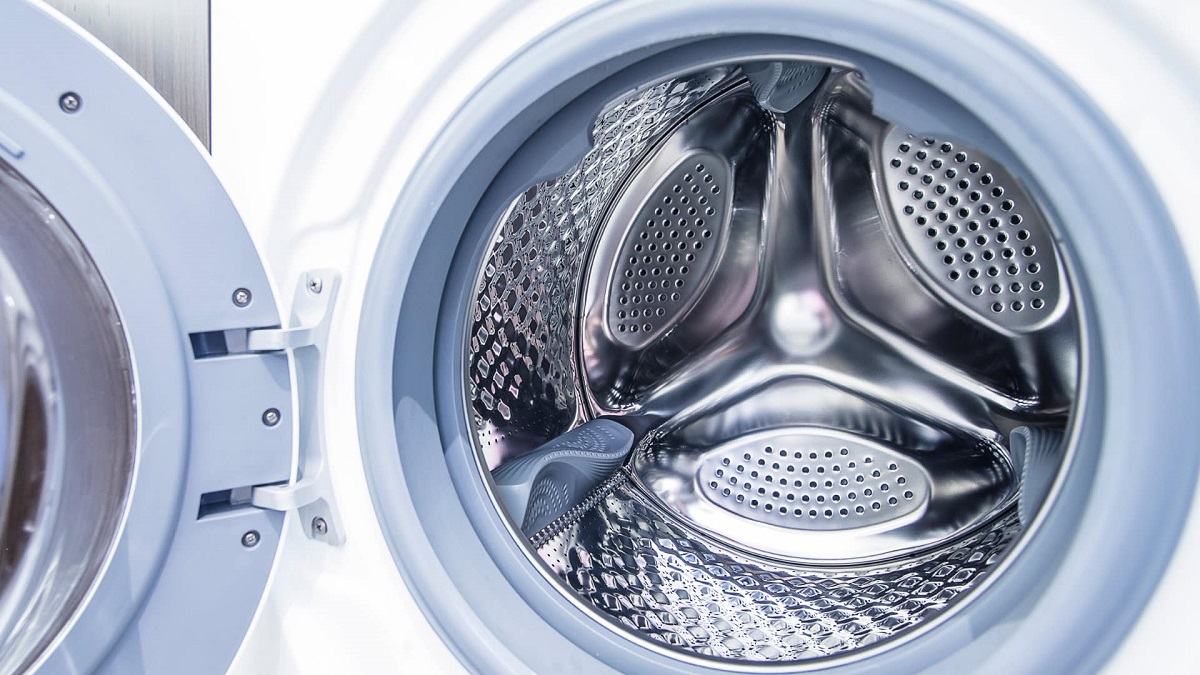

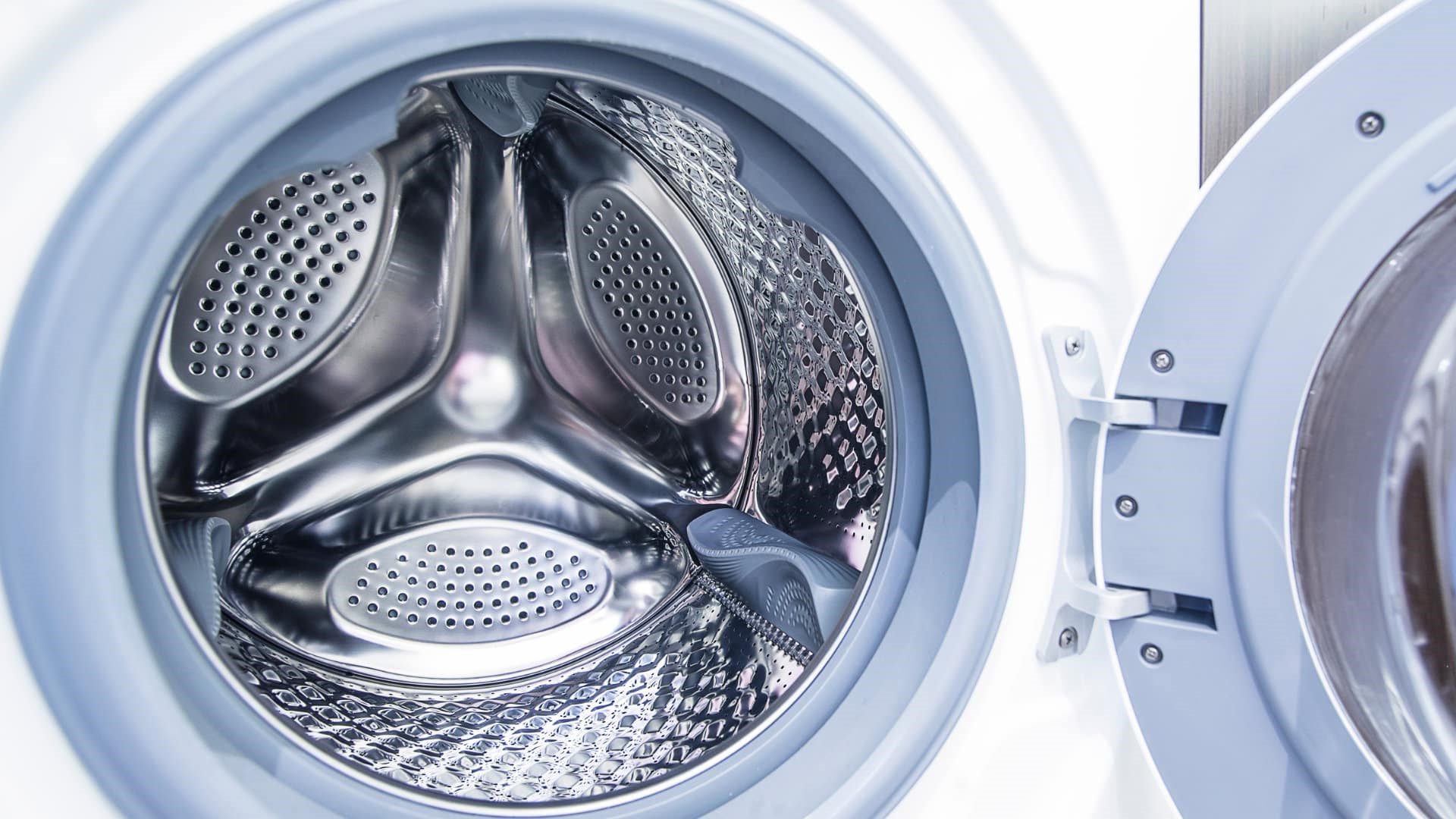
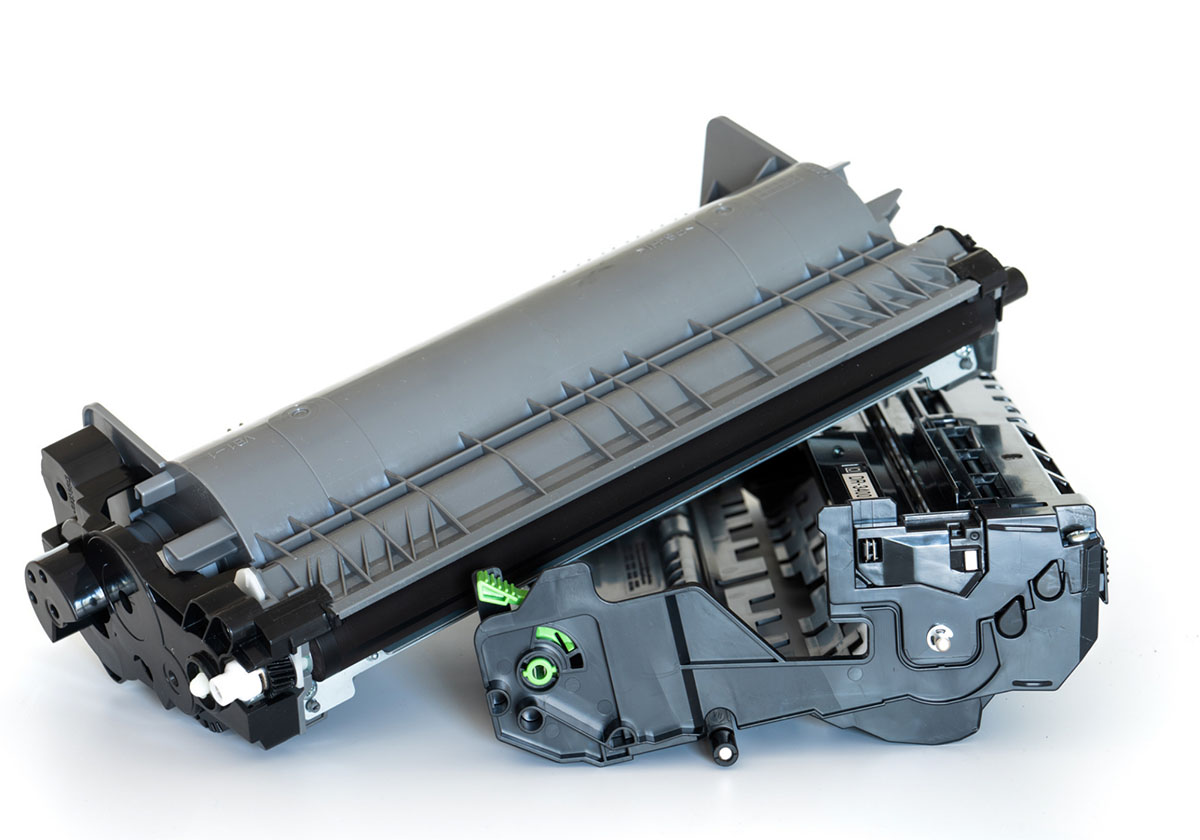
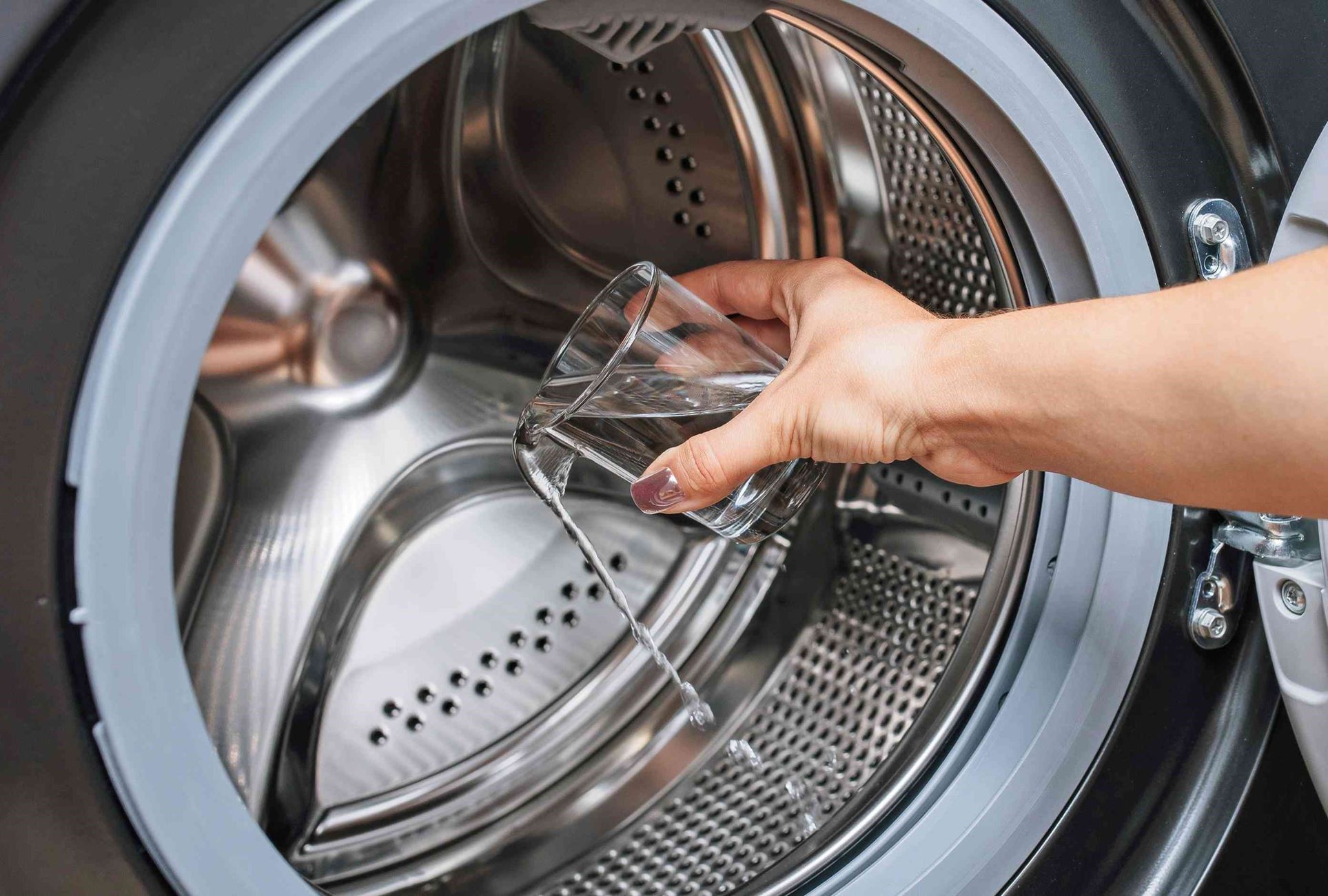
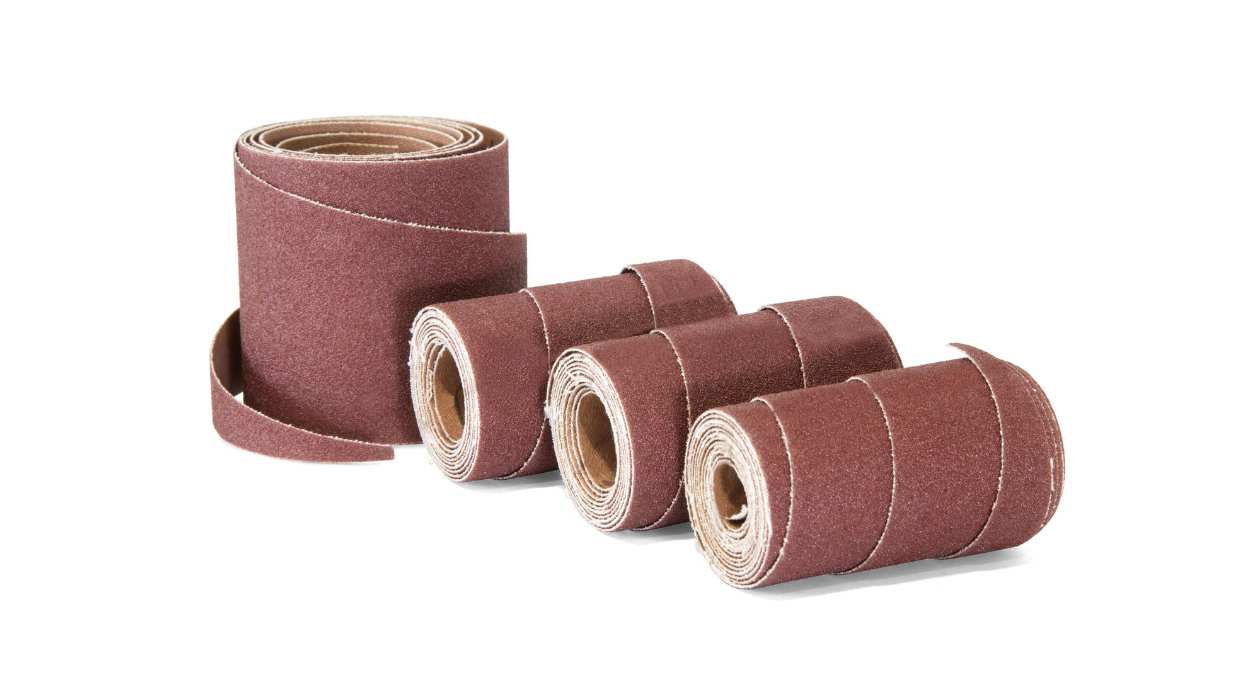
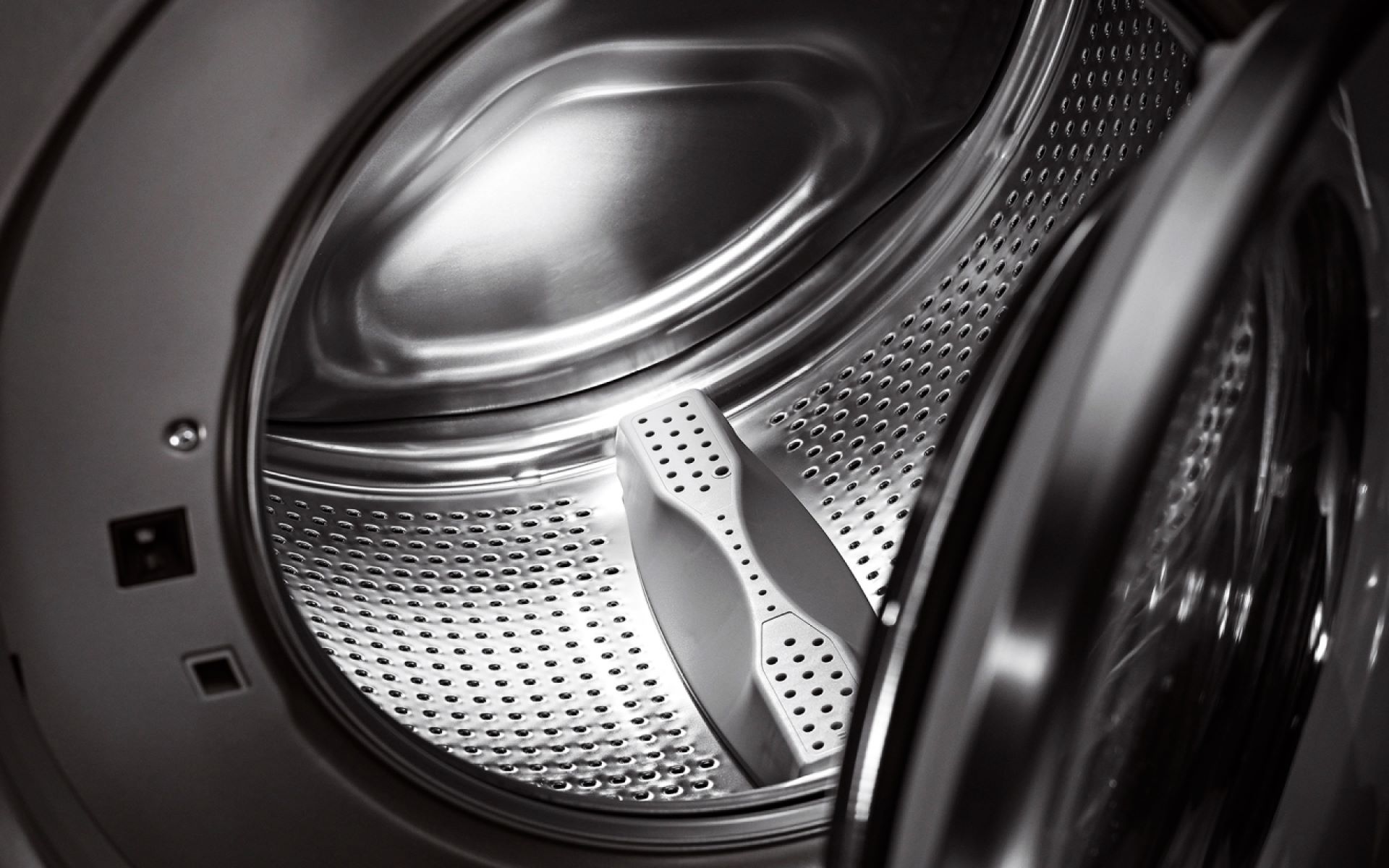
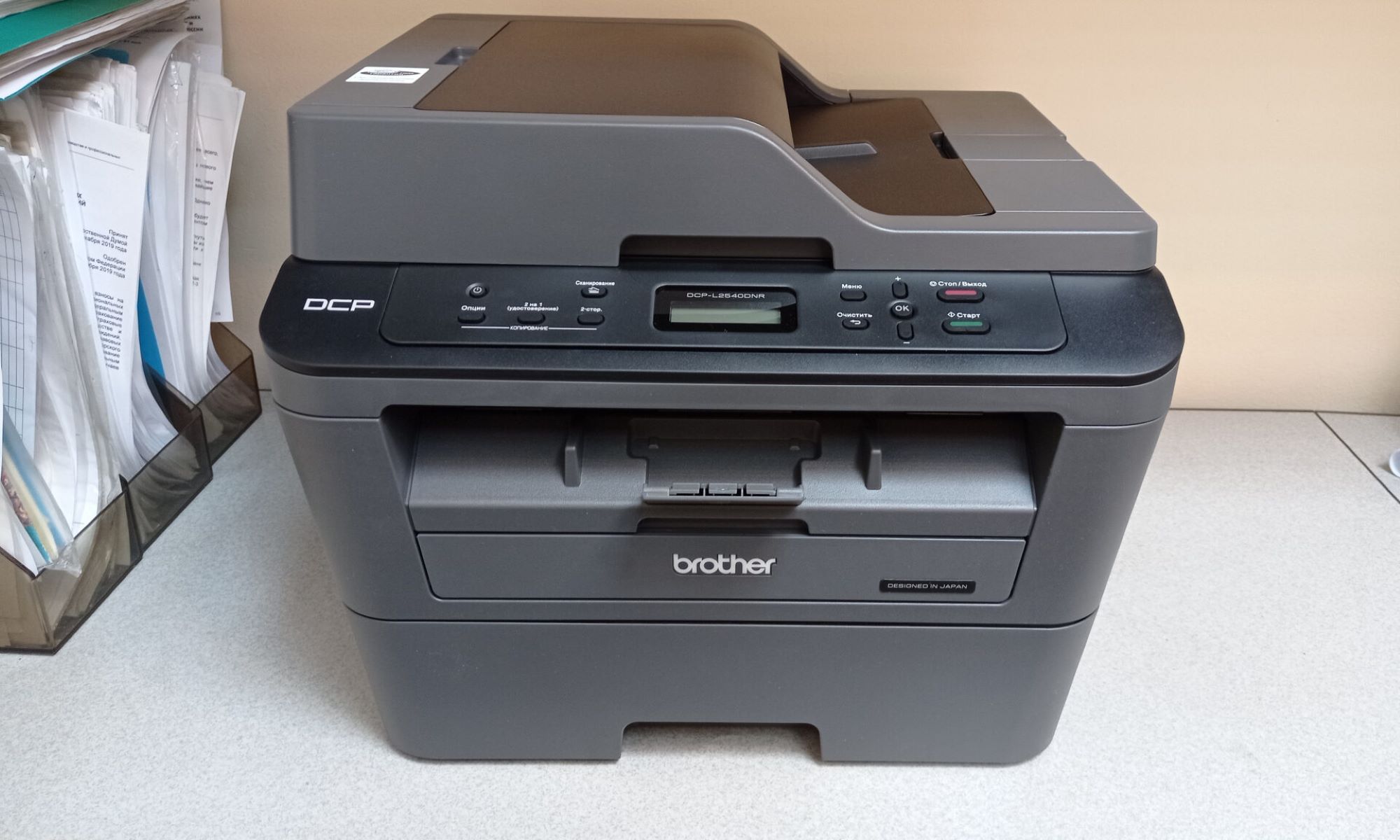
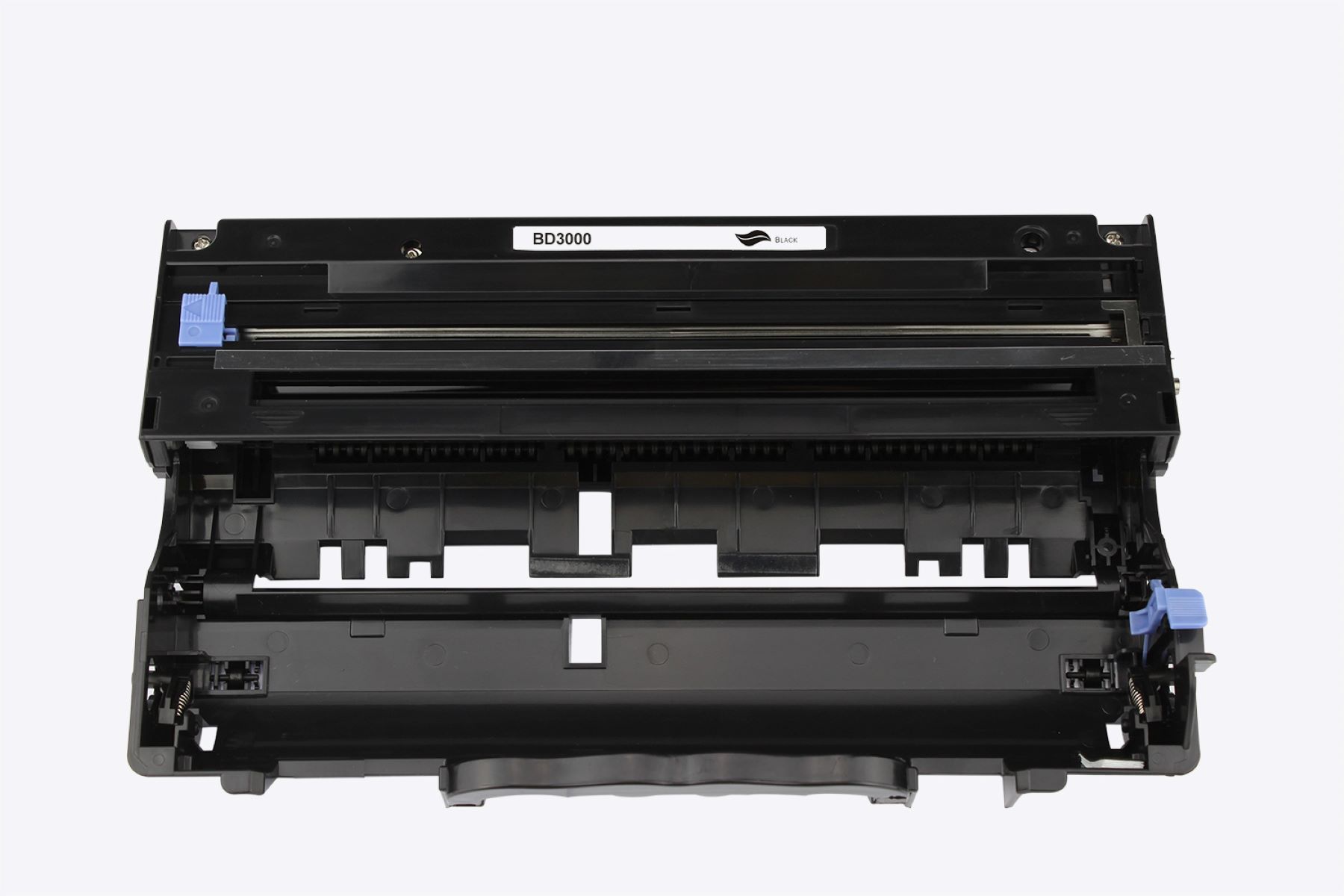
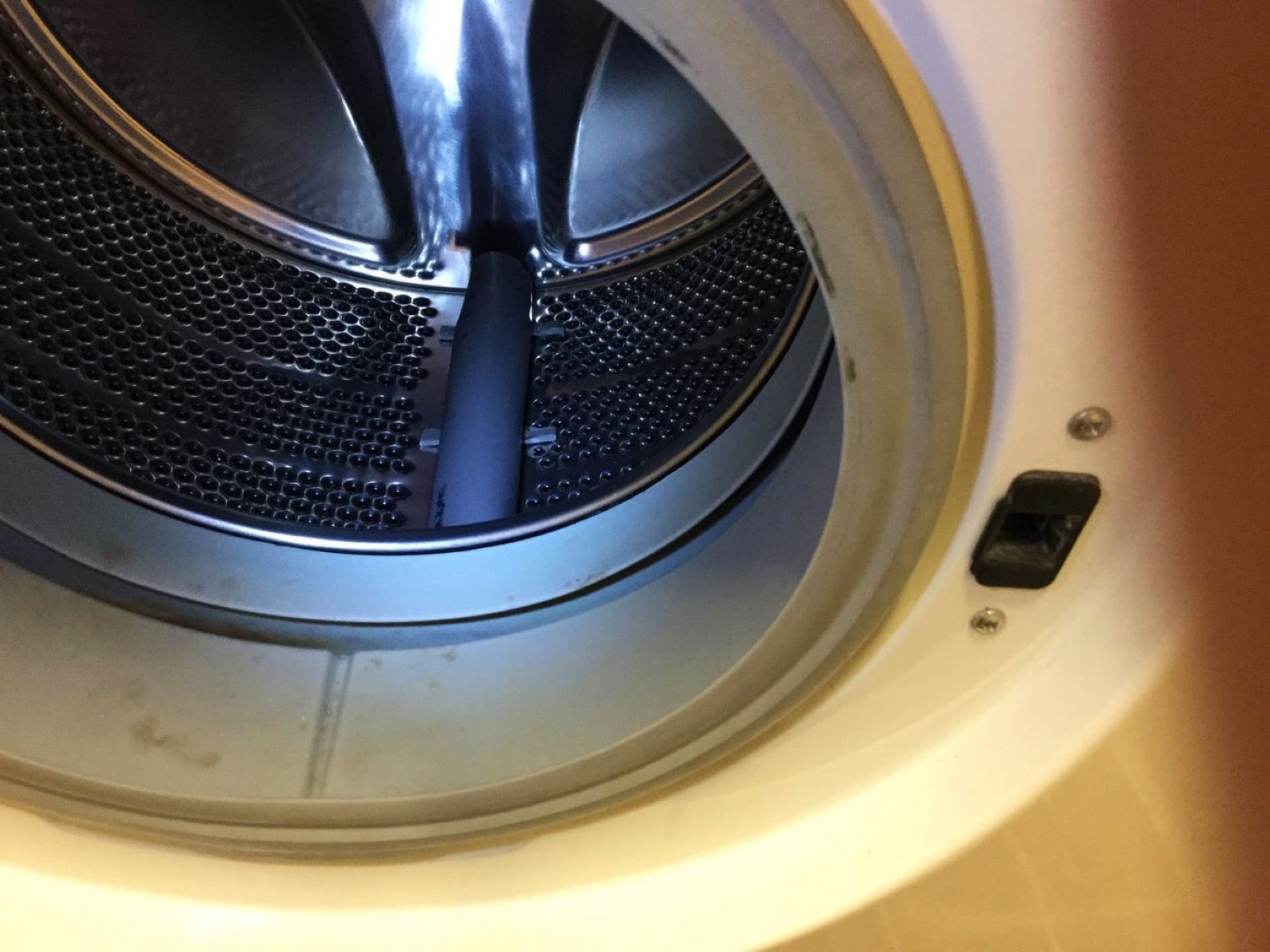
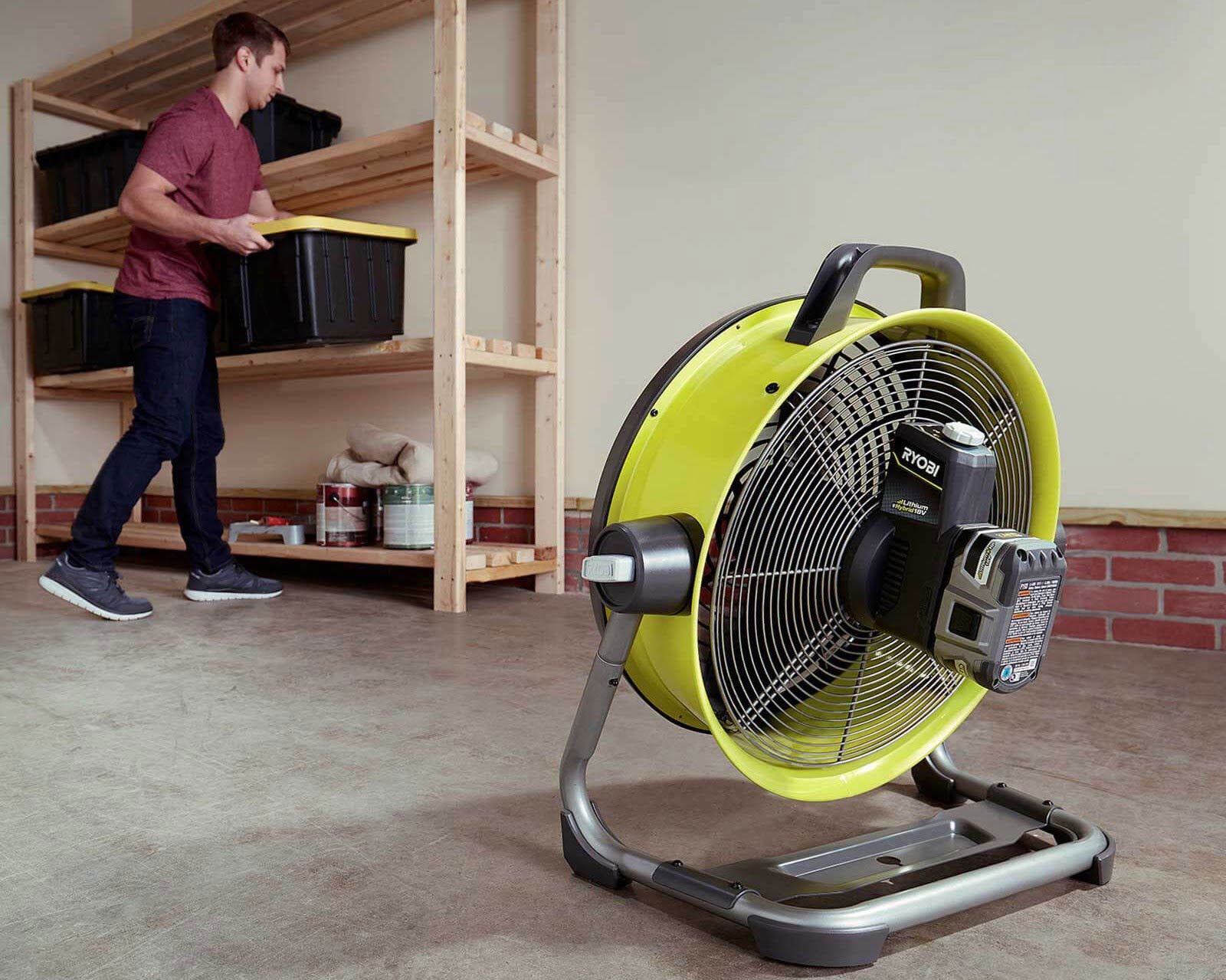
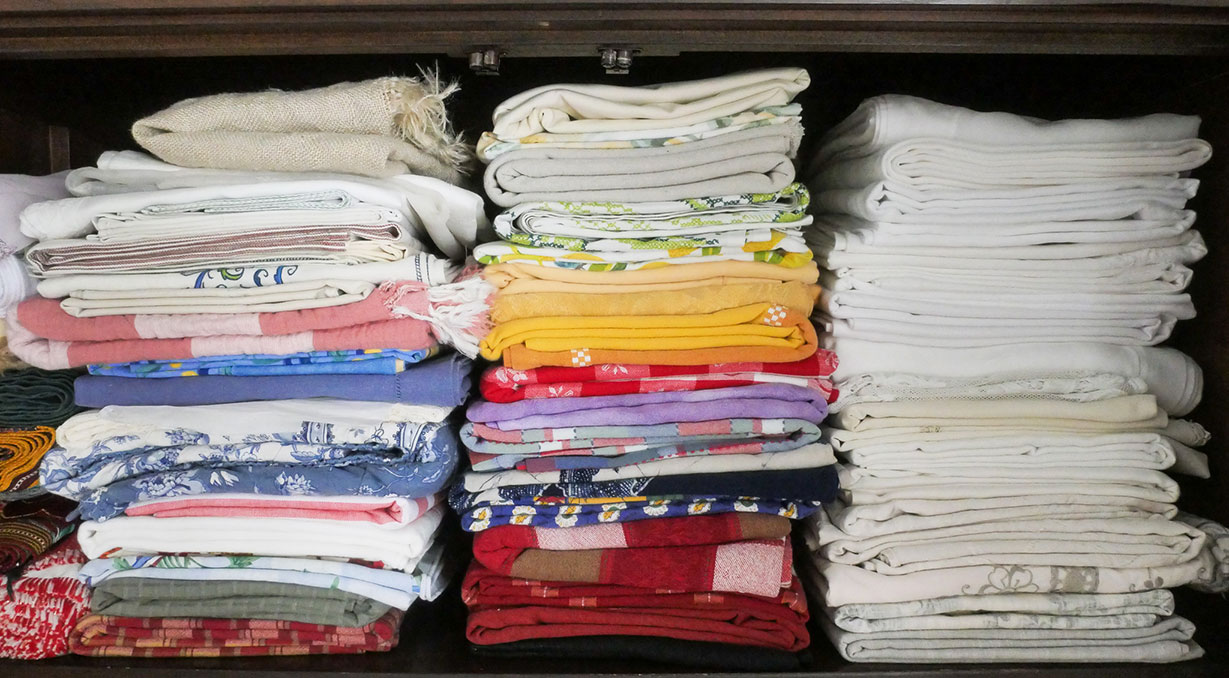
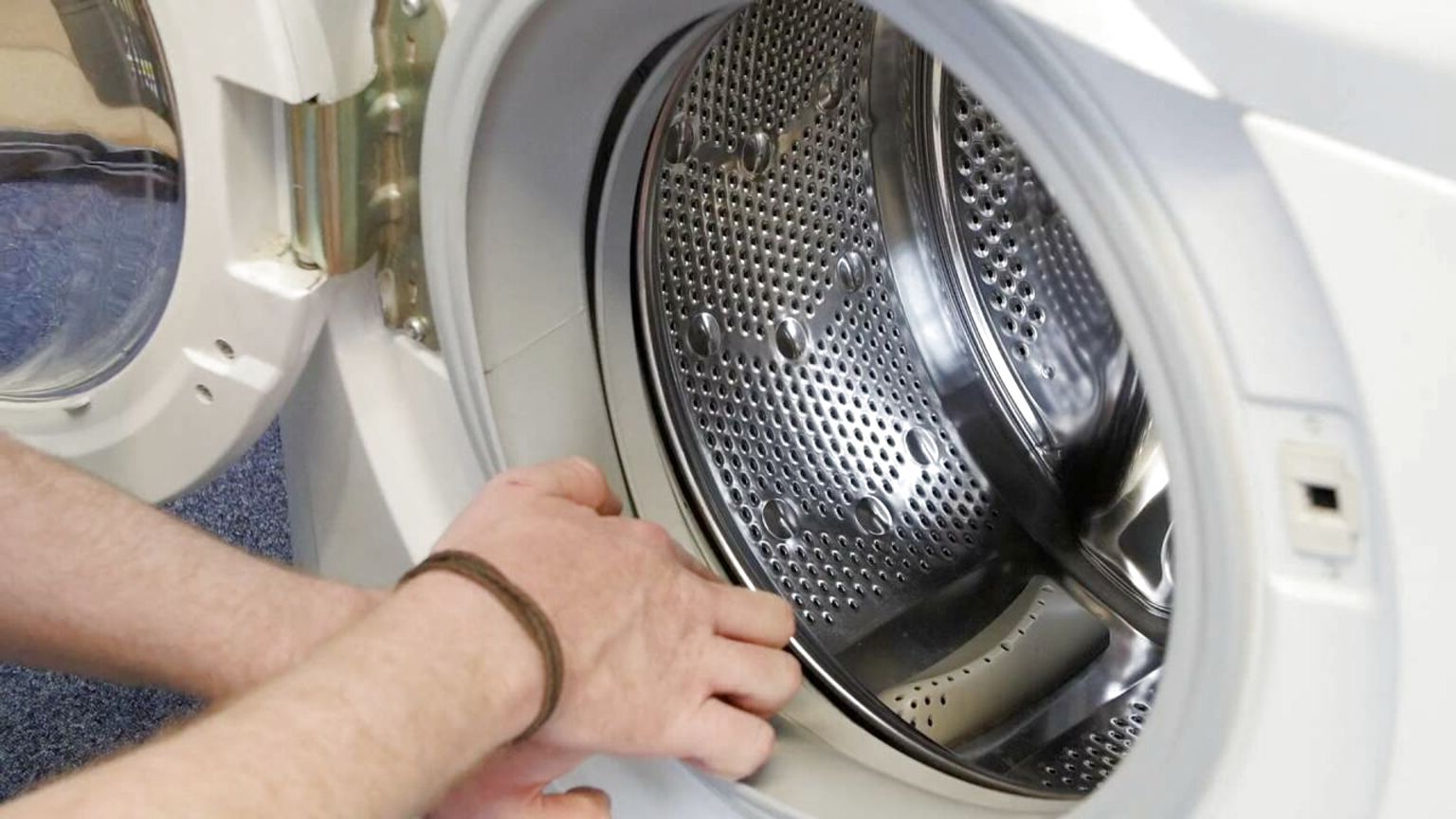

0 thoughts on “How To Store Drum Set”